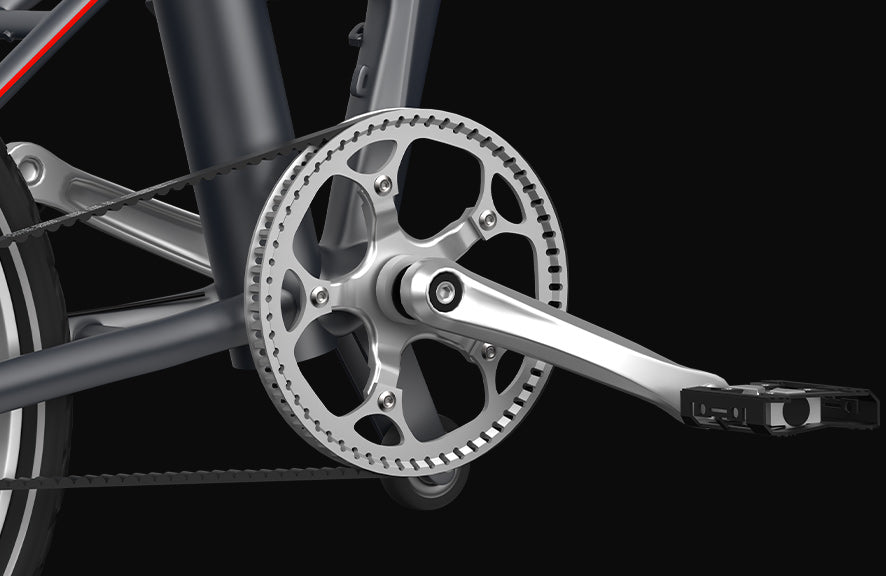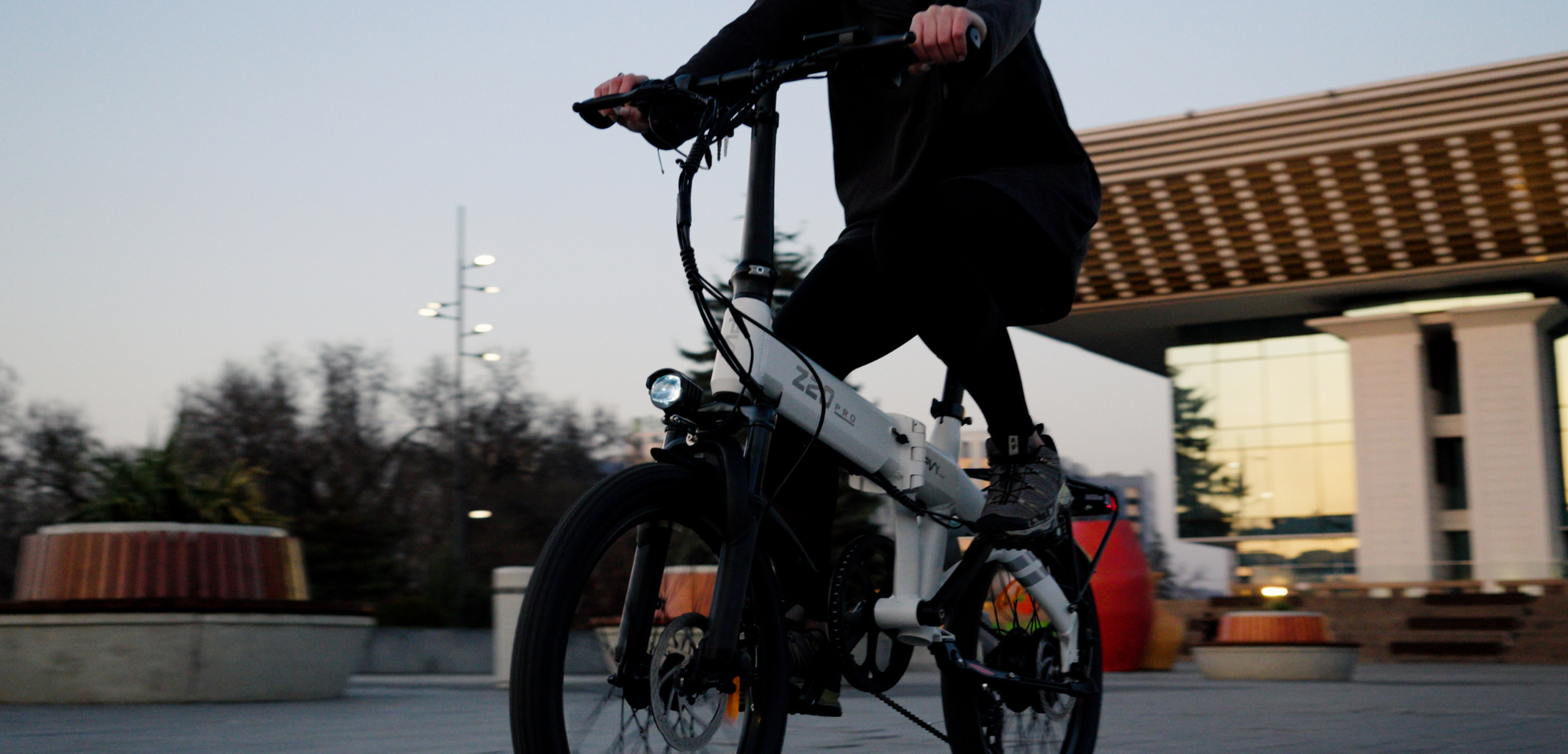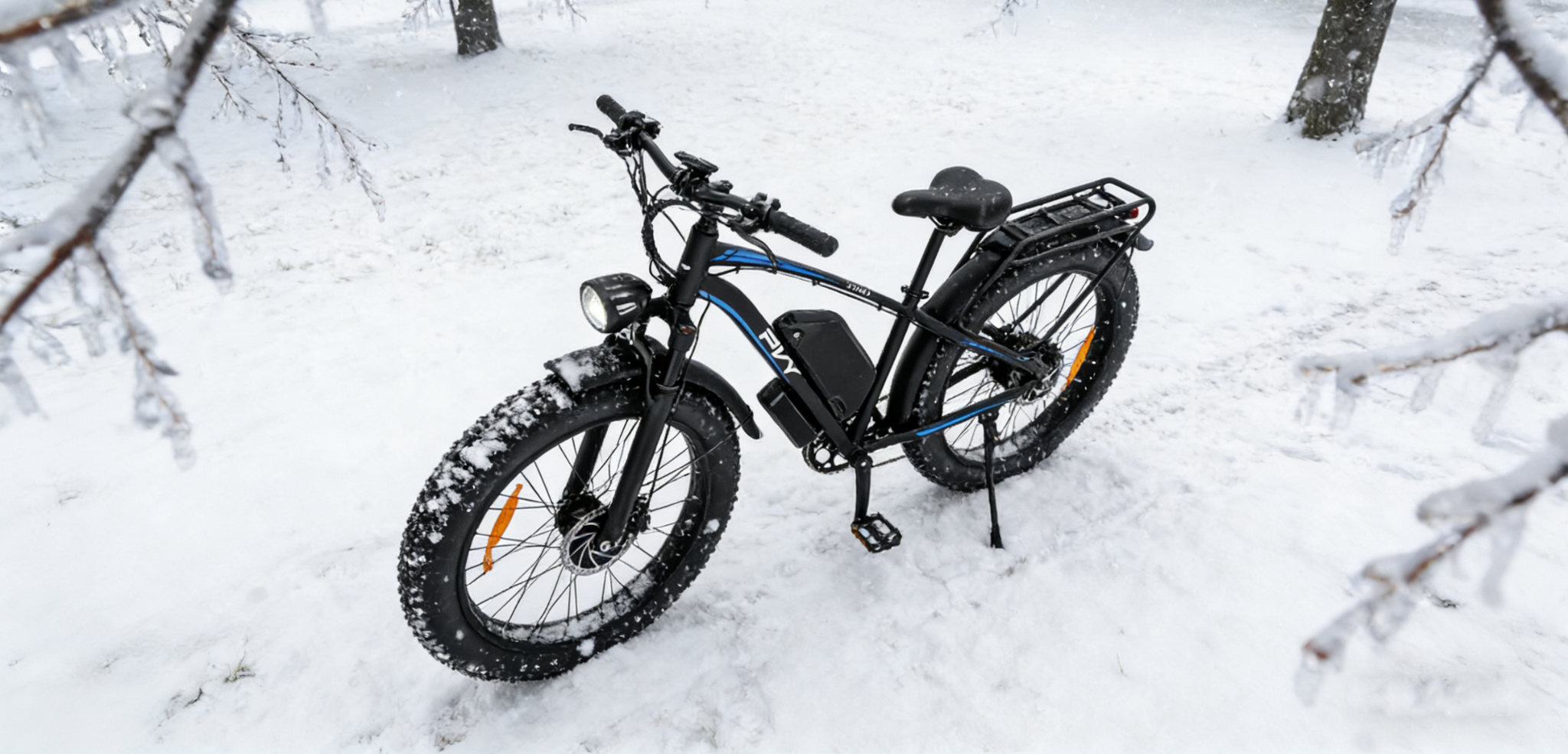


Read more
Choosing the Right Sensor for Your E-Bike: Torque Sensor vs. Cadence Sensor
Electric bikes (e-bikes) have revolutionized the way we approach cycling, offering a convenient and eco-friendly mode of transportation for riders of all levels. As the e-bike market expands, one crucial consideration for buyers is the type of sensor system employed in their bikes: torque sensor or cadence sensor. Exploring the differences between these two sensor types can help riders make informed decisions, especially when considering innovative options like those offered by PVY e-bikes.
Understanding Torque Sensor and Cadence Sensor:
1. Torque Sensor:
- A torque sensor measures the actual force applied by the rider to the pedals. It detects the amount of pressure exerted and adjusts the motor assistance accordingly.
- This sensor provides a more intuitive riding experience, as the motor responds in real-time to the rider's effort. The assistance level increases as the rider pedals harder and decreases when pedaling effort reduces.
- Torque sensors offer a smoother and more natural-feeling ride, closely mimicking the sensation of traditional cycling. This makes them particularly appealing for riders who prioritize a seamless integration of motor assistance with their own pedaling power.

2. Cadence Sensor:
- A cadence sensor, on the other hand, measures the speed at which the rider is pedaling. It detects the rotation of the pedals and activates the motor assistance based on the preset cadence thresholds.
- Cadence sensors offer a simpler and more predictable mode of motor assistance. Once a certain pedaling speed is reached, the motor kicks in at a predetermined level of assistance, regardless of the force applied by the rider.
- While cadence sensors provide consistent assistance, they may feel less responsive and less tailored to the rider's individual effort compared to torque sensors.
Comparing PVY E-Bikes:
1. Torque Sensor Integration:
- PVY e-bikes equipped with torque sensors offer riders a dynamic and responsive riding experience. The torque sensor accurately detects the rider's pedaling force and adjusts the motor assistance accordingly, ensuring a smooth and natural ride.
- With torque sensor technology, PVY e-bikes excel in providing intuitive motor assistance that seamlessly complements the rider's effort, whether navigating city streets or conquering challenging terrain.
- Both the PVY Libon and PVY Z20 MAX are equipped with this technology to ensure a smooth and responsive experience while riding.
2. Cadence Sensor Integration:
- Alternatively, PVY e-bikes featuring cadence sensors provide riders with consistent and reliable motor assistance based on pedaling speed. While not as nuanced as torque sensors, cadence sensors offer straightforward operation and predictable assistance levels.
- PVY e-bikes equipped with cadence sensors are ideal for riders seeking a hassle-free riding experience with consistent motor support across various cycling conditions.
Choosing the Right Sensor for You:
- When selecting an e-bike, consider your riding preferences and priorities. If you value a seamless integration of motor assistance with your pedaling effort and desire a more natural riding experience, a torque sensor-equipped e-bike like those offered by PVY may be the ideal choice.
- Alternatively, if you prefer a straightforward and consistent mode of motor assistance, a cadence sensor-equipped e-bike may better suit your needs.
- Ultimately, both sensor types have their merits, and the right choice depends on your personal preferences and riding style.
In conclusion, whether you opt for a torque sensor or cadence sensor-equipped e-bike, PVY e-bikes offer cutting-edge technology and superior performance to enhance your riding experience. By understanding the differences between these sensor systems and considering your individual preferences, you can select the perfect e-bike to embark on your cycling adventures with confidence.




